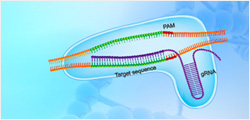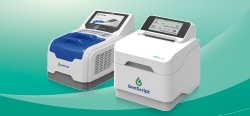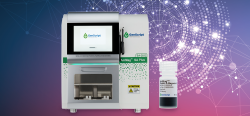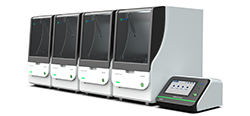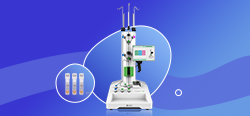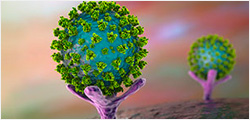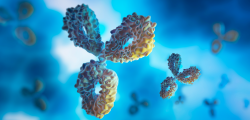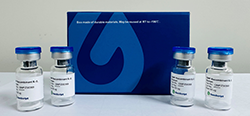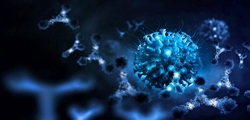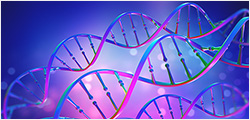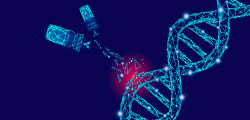| Species |
Human |
| Protein Construction |
CD30 (Phe19-Lys379)
Accession # P28908 |
Poly-His |
| N-term |
C-term |
|
| Purity |
> 90% as analyzed by SDS-PAGE |
| Endotoxin Level |
≤ 1 EU/μg of protein by gel clotting method |
| Expression System |
HEK 293 |
| Apparent Molecular Weight |
~80 kDa, on SDS-PAGE under reducing condition. |
| Formulation |
Lyophilized from a 0.2 μm filtered solution in PBS. |
| Reconstitution |
It is recommended that this vial be briefly centrifuged prior to opening to bring the contents to the bottom. Reconstitute the lyophilized powder in ddH?O or PBS up to 100 μg/ml. |
| Storage & Stability |
Upon receiving, this product remains stable for up to 6 months at lower than -70°C. Upon reconstitution, the product should be stable for up to 1 week at 4°C or up to 3 months at -20°C. For long term storage it is recommended that a carrier protein (example 0.1% BSA) be added. Avoid repeated freeze-thaw cycles. |

Lane 1: 2 μg of CD30, His, Human, reducing(R)
> 95% as analyzed by SDS-PAGE
| Target Background |
CD30, also known as TNFRSF8, is a cell membrane protein of the tumor necrosis factor receptor family, which regulates proliferation/apoptosis and antibody responses. CD30 is expressed by activated, but not by resting, T and B cells. Aberrant expression of CD30 by mastocytosis mast cells and interaction with its ligand CD30L (CD153) appears to play an important role in the pathogenesis and clinical presentation of systemic mastocytosis. CD30 has been considered as a specific diagnostic biomarker of anaplastic large cell lymphoma (ALCL) and classical Hodgkin lymphoma (cHL). CD30 is also a biomarker used for targeted therapy by an antibody–drug conjugate. |
| Synonyms |
CD30L receptor; Ki-1 antigen; CD_antigen: CD30; TNFRSF8; D1S166E; Lymphocyte activation antigen CD30; Tumor necrosis factor receptor superfamily member 8 |
For laboratory research use only. Direct human use, including taking orally and injection and clinical use are forbidden.





